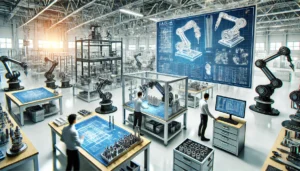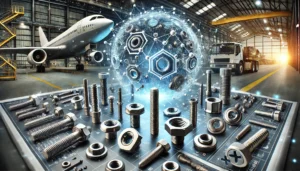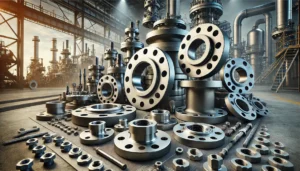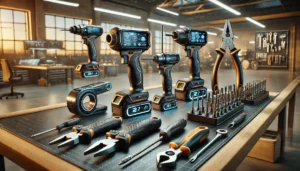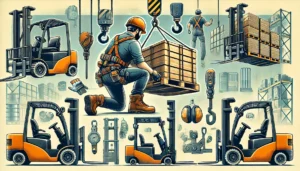In today’s industrial world, the use of advanced lifting tools is now considered to be a key solution, as it greatly increases productivity and reduces spending. These tools, which include automated cranes and material hoists, do more than just increase workflow, they make workplaces much safer too. These factors ultimately boost profitability in almost every industry.
Boosting Productivity and Profitability With Advanced Lifting Equipment
Advancements in material handling processes, such as the use of automated cranes and material hoists, has changed the way people condone lifting equipment. These systems work much faster and with more efficiency than any other manual methods, resulting in dramatic enhancements in productivity. For example, automated crane systems have dramatically reduced the amount of human intervention needed to operate them, enabling the machines to work non-stop and reducing downtimes. This allows companies to manage greater amounts of materials in shorter time periods, resulting in a greater return on investment.
Cost Efficiency by Improving Labor Productivity
One of the most notable benefits that comes with the introduction of modern lifting materials is the lowering of costs associated with labor. By mechanizing dull and strenuous tasks, firms can deploy their workforce more clinically which in turn fulfills the company’s human resource needs more effectively. Such a change reduces expenses in the area of manual labor and also lowers the chances of inaccurate performance which can lead to extremely expensive mistakes and delays. Besides, the wastefulness that comes with materials being mishandled is also futile and inefficient, and so, the accuracy that comes with automation systems does aid in cost savings as well.
Increased Security Results in More Profits
One level of care that is always at the top is safety in industries that deal with handling heavier materials. Most modern lifting devices come with higher levels of safety, like constant oversight and controlled lifting to limit the probability of accidents at worksites. These changes are thought to reduce the number of accidents in the workplace. Because there are fewer injuries, corporations do not have to spend as much money on paying the compensation of injured employees, medical treatment, and legal matters if there are any. Also, less injured workers benefited the firm by not reducing operating time because of the number of accidents, thus making the work processes more smooth.
Energy Saving and Environmental Issues
Contemporary lifting equipment is developed with regard to optimising the use of electric energy. Incorporating energy-saving motors as well as regenerative motors contributes to energy saving during the performance of works. For instance, modern lifting equipment is usually equipped with high performance energy management systems within which efficient lifting is possible. This will translate into considerable savings over time. This in turn decreases operational costs and is also beneficial in terms of the environment, something that is nowadays important for business image and environmental laws compliance.
Sustained Financial Benefits From Equipment Longevity and Repairs
Lifting advanced non destructive testing materials of good standard are likely to give economic earnings in the future. These systems are tougher and are able to endure more than the older ones, therefore, maintenance on them will not be as regular. The reduction in repair and replacement expenses pay back the initial expenditure. In addition, modern lifting machinery is fitted with maintenance features like predictive diagnostics that prevent impending mechanical failures. This reduces unscheduled repairs and the monetary implications owing to system malfunction.
Executive Summary Enhancing Operational Flexibility
Advanced lifting materials achieve a remarkable degree of adaptability and scalability allowing companies to modify their operations to meet shifts in demand. For example, modular crane systems can be modified to support different load limits or workspace arrangements, which promotes flexibility and can result in savings in both time and money during retrofitting or expansion exercises. This flexibility permits companies to effectively allocate resources and resources while remaining productive without major superfluous expenditure.
Conclusion
The introduction of advanced lifting materials in the industrial lifting processes makes a strong case for overcoming the challenge of saving both time and cost. Changes that allow for improvement in productivity, labor, safety, energy efficiency and long term durability makes these innovations advances in operational excellence. Industries are always changing and there is the world competition where such changes are competitive necessities rather than choices.


